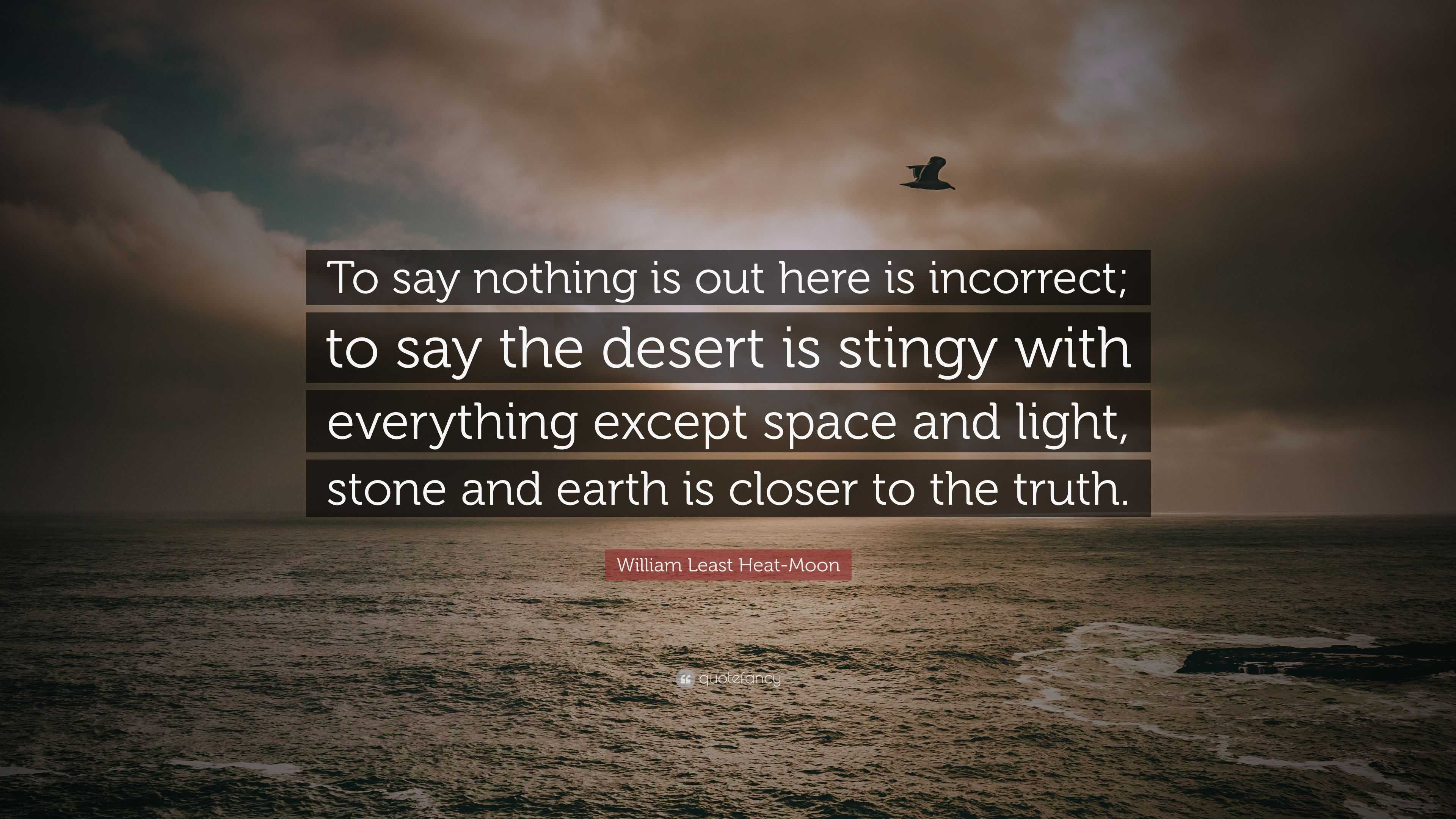

This open structure provides easy viewing of the boat (behind plexiglass), a map of Nikawa’s route from the Atlantic to the Pacific, and photographs of the craft and the author. Local architect Nick Peckham (himself a marine engineer) worked with volunteers to design and build the wooden pavilion that stands adjacent to the Society’s main building. The historical society wanted to make Nikawa available 24/7, yet protect it from the weather and potential pilfering. The Society was proud to have such a fine bit of Missouriana from one of the state’s most productive and creative authors, but they had to ask, “How do we display it?” Some years after completing that adventure, Heat-Moon presented his already fabled C-Dory to the Boone County Historical Society. Then I poured the stream into the Pacific and went back to the wheel of our river horse, and I turned her toward home.” He writes, “I raised the bottle high, sunlight striking through the glass, salt waves rising to it as if thirsty, and I said, ‘We bring this gift from your sister sea - our voyage is done. Heat-Moon wrote on the final page of River-Horse that he had ridden Nikawa “5,288 watery miles from the Atlantic.” At the very end of that trip, to celebrate arrival at the Pacific, he reached for a pint of Atlantic water he had safeguarded for 103 days. This is the River-Horse Pavilion, built in 2006 to celebrate Heat-Moon’s journey in Nikawa, the very boat we saw leave his home some years earlier. Then you see an open structure next to the parking lot. Today, as you drive north on Highway 63 just coming into Columbia from the direction of Jefferson City, the massive red metal roof of the Boone County History and Culture Center catches your eye. On that spring day, little did we know that the C-Dory being carefully pulled into traffic would later stand in a bold wooden pavilion just outside Columbia. I handed him a Timex Expedition watch that had been my trusty travel companion. As the author prepared to ease both his boat and his hopes into motion, Cathy presented him with an ivory amulet of a sea otter. This 22-foot C-Dory with twin engines was nestled in a solid towing trailer. Trogdon called his newly acquired boat Nikawa, which means “river-horse” in the Osage language. In March 1995, my wife Cathy and I went to wish Godspeed to Columbia, Missouri, resident William Lewis Trogdon as he was leaving for New York City to begin a 103-day nautical journey, which he would chronicle in the 1999 book, River-Horse: A Voyage Across America, under the pen name of William Least Heat-Moon. William Least Heat-Moon River-Horse Pavilion


 0 kommentar(er)
0 kommentar(er)
